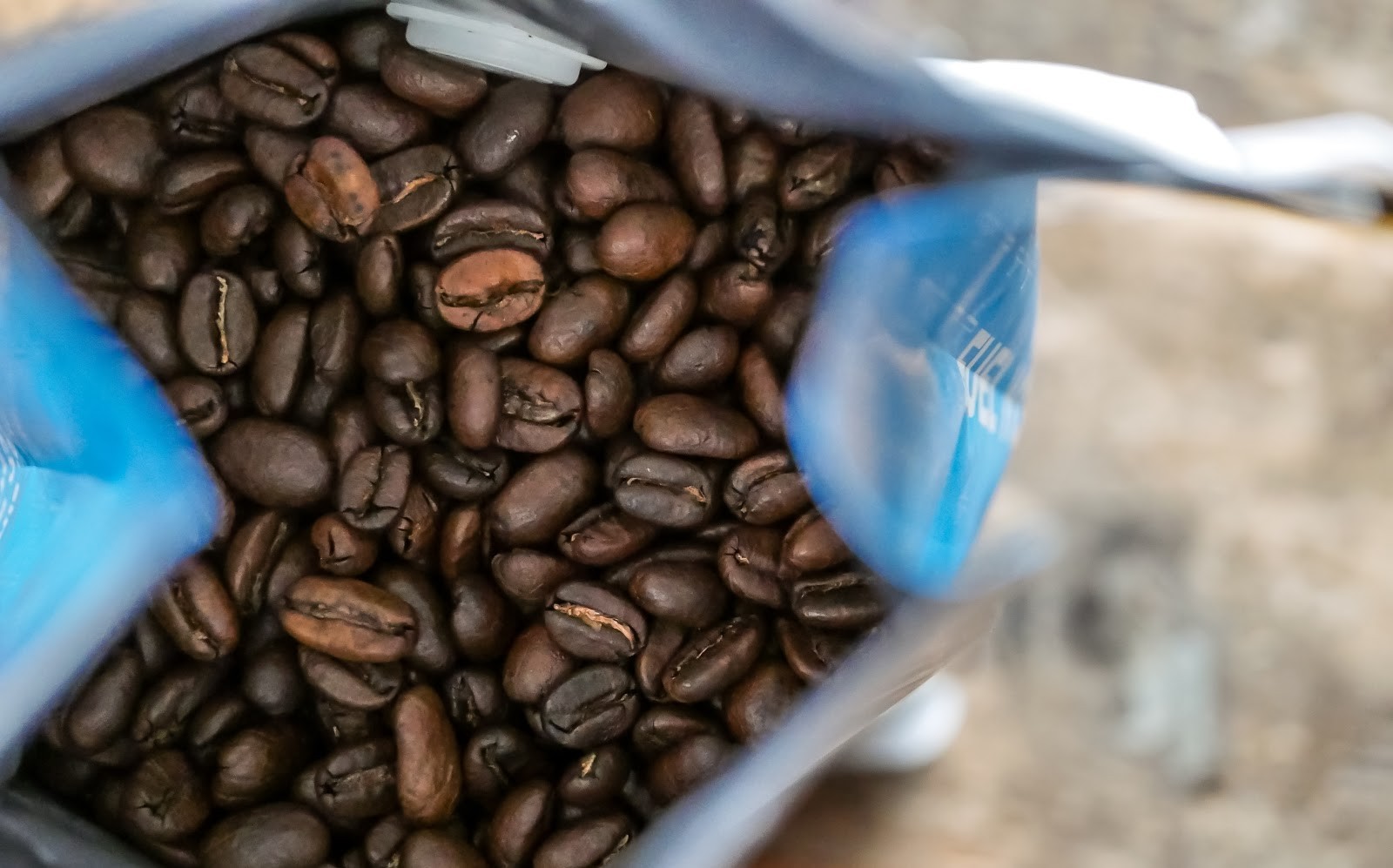How to Make your Brand Stand Out
Being a newbie in any industry is tough, most especially in the cutthroat world of food and bever-ag...

January 24, 2023
Filipinos consume about 130,000 metric tons of coffee. However, Filipino farmers can only supply one-fourth of that.
Filipinos consume about 130,000 metric tons of coffee. However, Filipino farmers can only supply one-fourth of that. However, it isn’t the strangest incongruence in the local coffee industry. Most of the coffee that Filipinos drink is imported from Vietnam and Indonesia, while most of the coffee that Filipinos produce is exported to other coffee-loving countries.
The Philippine Coffee Board Inc. (PCBI) president and co-chair Pacita U. Juan says that the coffee sensibilities of most Filipinos lean toward instant coffee. Filipino coffee, however, is of a much higher caliber.
“We don't have enough for our local consumption numbers-wise. However, that gap is filled by ASEAN imports because the ASEAN has a free trade agreement. It's duty-free to bring in coffee from abroad,” Juan informed CITEM.
“What we're doing is promoting specialty coffee, which is grown sustainably and organically,” she added. The Philippines is one of the last countries that grow the rare liberica (barako) beans. It also churns out fine robusta, which is a more complex version of the often-derided robusta. The process is much more meticulous, resulting in smoother flavors that compare to the more upscale arabica.
This paradox is one of the challenges that the PCBI continues to face. Coffee education is one of their objectives given a leg up during the pandemic. While the lockdowns disrupted the supply chain, they did rouse a better appreciation for top-notch coffee.
Growing the board
Local coffee has come a long way since the establishment of the PCBI in 2002. Back then, it was called the National Coffee Development Board. The Gloria Macapagal Arroyo administration launched it to create more jobs since the numerous steps to process coffee required a lot of hands. To make the project sustainable beyond the current government, the forerunners, including Juan, transformed it as an independent, non-stock, non-profit organization.
The PCBI enhances the coffee industry from end to end. Its events include coffee farming courses, seminars, trade shows, agricultural tours, coffee festivals, and coffee appreciation sessions.
The group also responds to the current context. Since consumers are looking for more socially conscious and specialty enterprises, the PCBI emphasizes Philippine coffee’s most appealing attributes. For instance, local beans are single-origin and do not employ any chemicals or chemical fertilizers. It also addresses the rising movement of café femenino, coffee grown by female producers. Along with the Philippine Chapter of the International Coffee Alliance, it ensures that women earn their fair share of income.
Another initiative, launched in October 2021, is Plant Coffee. According to Juan, farmers have had more time to concentrate on their backyard farms.
“Farmers can have coffee farm coffee trees adopted by donors for just Php600. You can adopt the tree and we send the money to the farmers to help them with land preparation and planting,” she said. Donors even get the coordinates of their coffee tree. Juan added that this program has received a lot of interest from overseas Filipinos and roasters.
“This is one way to help the farmers. Rather than them getting a loan, we ask coffee aficionados and coffee lovers to help these farmers,” she explained.
Apart from taking its usual seminars online, the PCBI also began a virtual cupping club. Participants receive a kit to use in a session that can enhance their coffee knowledge. It has organized tutorials for business owners on how to open roadside pick-up kiosks and other, newer formats for coffee shops amid economic limitations.
In a few months, the PCBI will be 20 years old. But this is only a blink of an eye for an establishment that continues to move with the times.
Check out these food fusions between Filipino and Middle Eastern cuisines
The unending quest for healthy and sustainable food amid changing lifestyles
A quick look at the Philippine food staple often getting a bad health rap